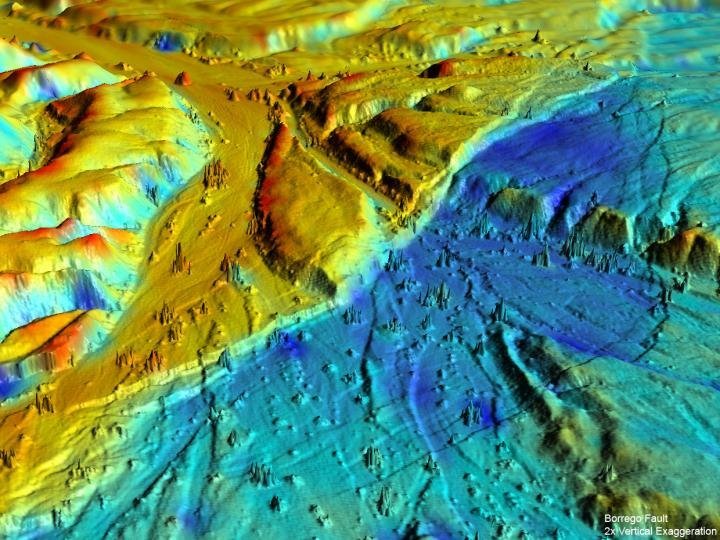
The study, published Feb. 15 in the journal Nature Geoscience, highlights the role of smaller faults in forecasting California's risk of large earthquakes.
In the past 25 years, many of California's biggest earthquakes struck on small faults, away from the San Andreas Fault plate boundary. These events include the Landers, Hector Mine and Napa earthquakes. Several of the quakes were unexpected, rattling areas thought seismically quiet.
A closer look at one of the surprise events, the magnitude-7.2 El Mayor-Cucapah earthquake, showed that small faults may often link together along a "keystone" fault. A keystone is the central stone that holds a masonry structure together. During the El Mayor-Cucapah earthquake, the keystone fault broke first, unlocking seven smaller faults, the study found.
However, the research team discovered that of all the faults unzipped during the El Mayor-Cucapah earthquake, the keystone fault was not the one closest to breaking.
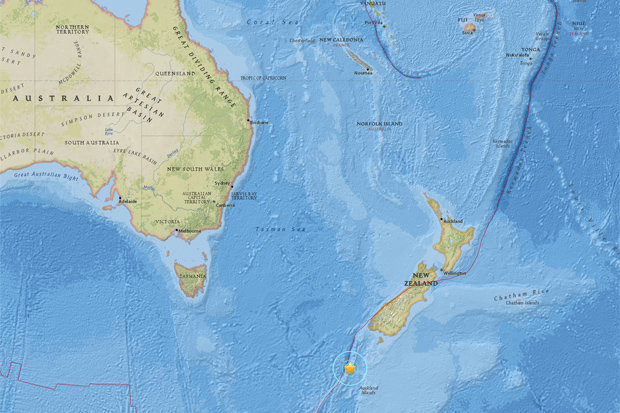
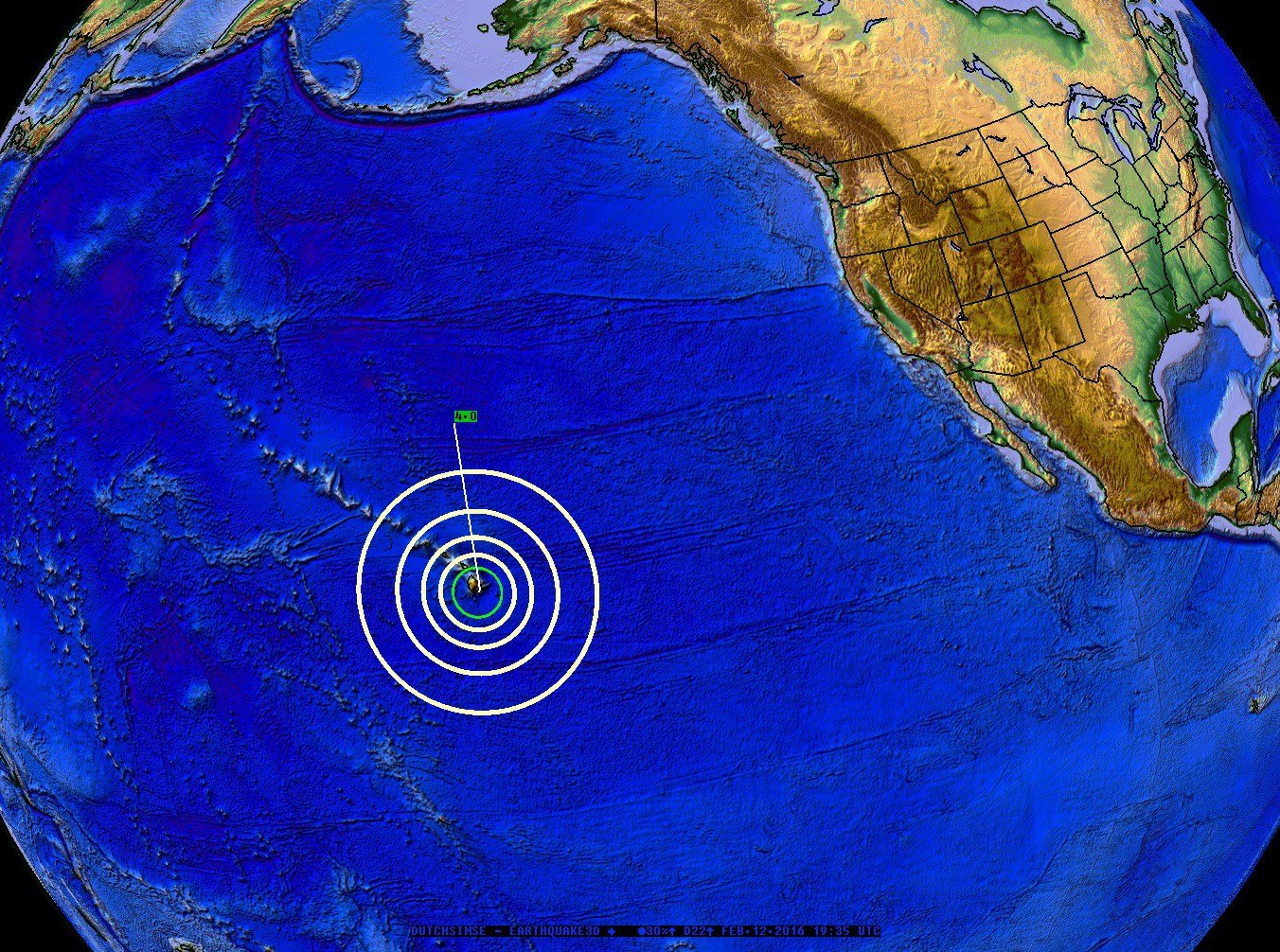
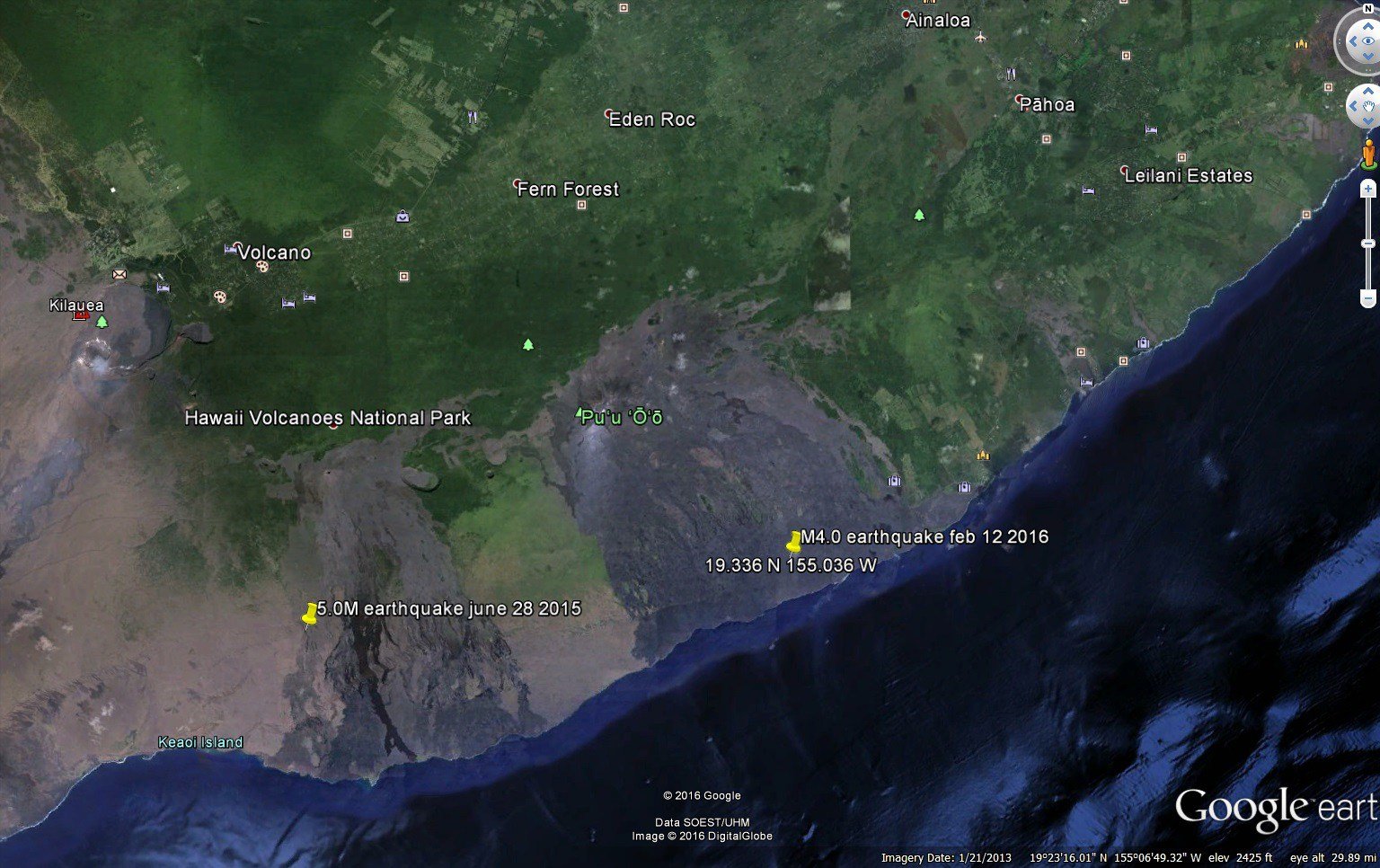
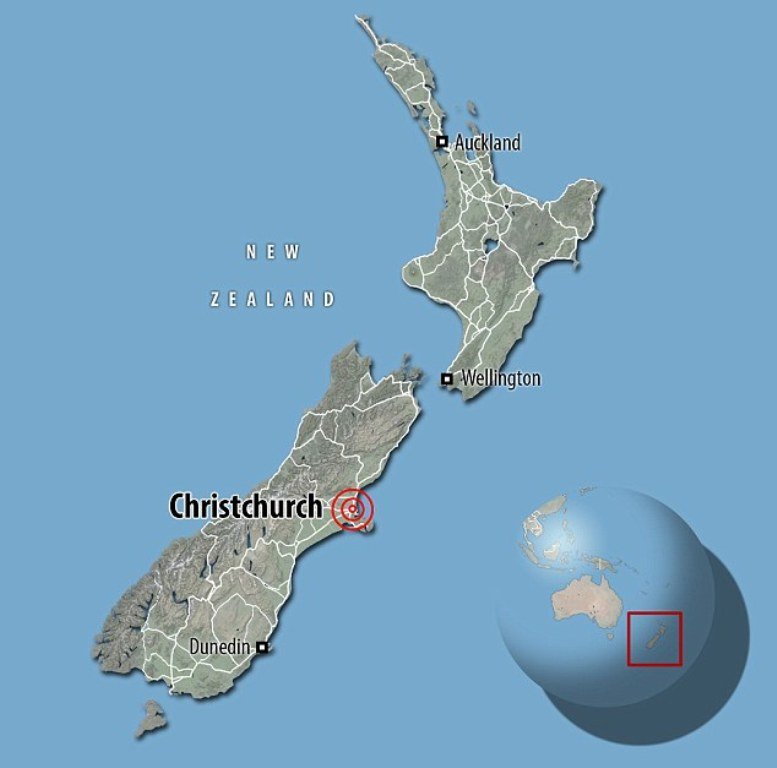
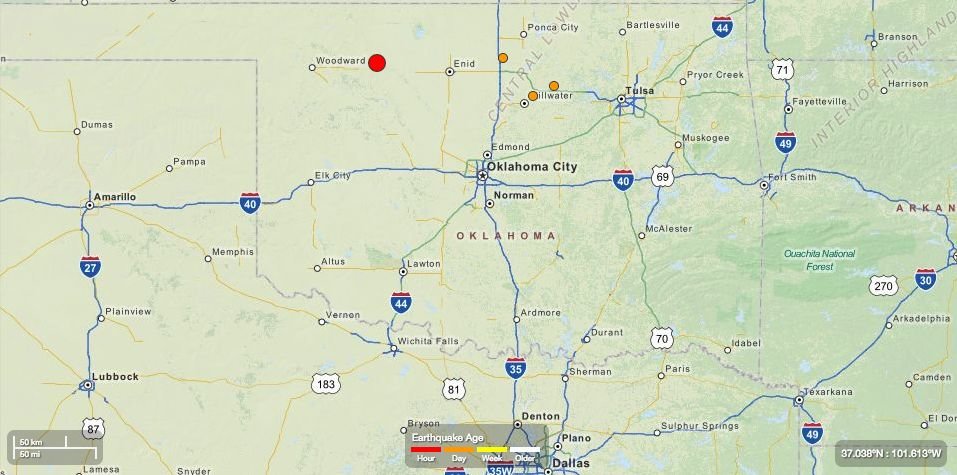
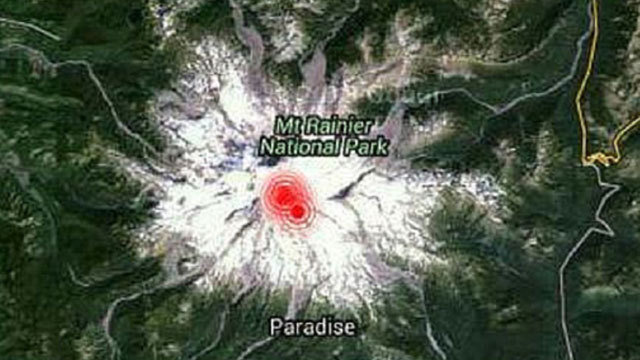
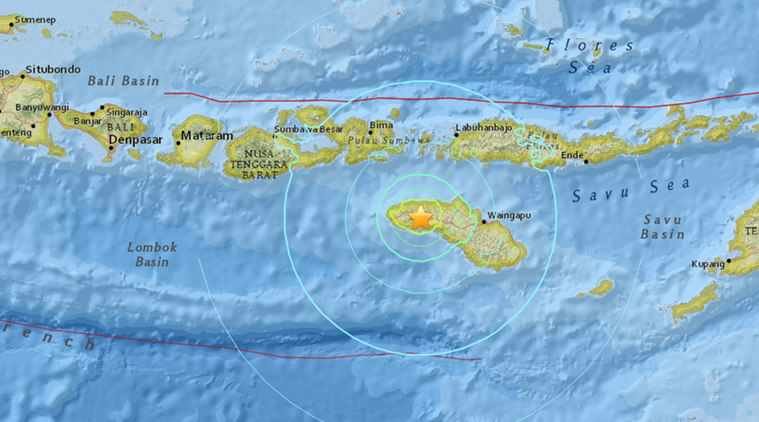

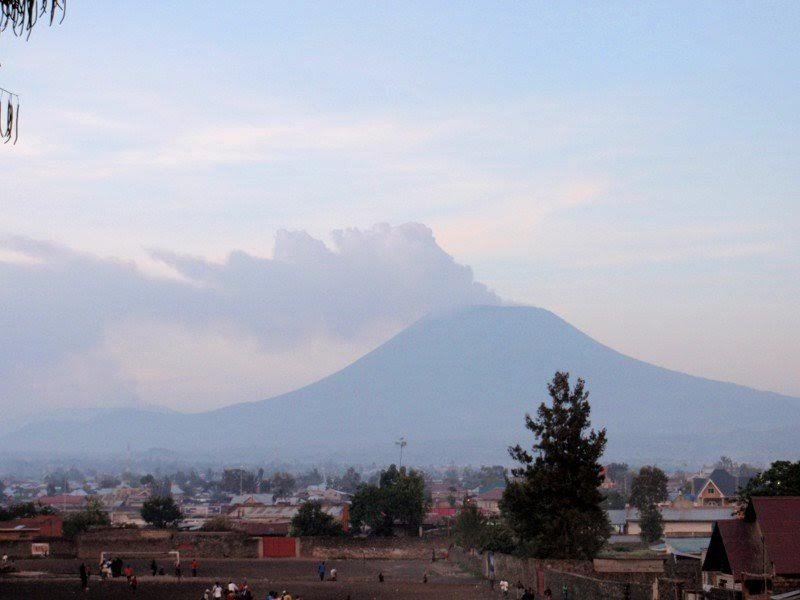
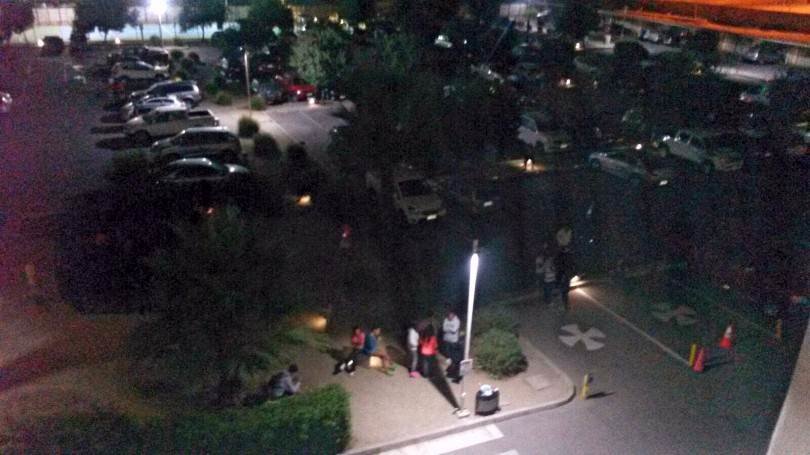




Comment: Hundreds more earthquakes shake Oklahoma in 2015 setting new state record